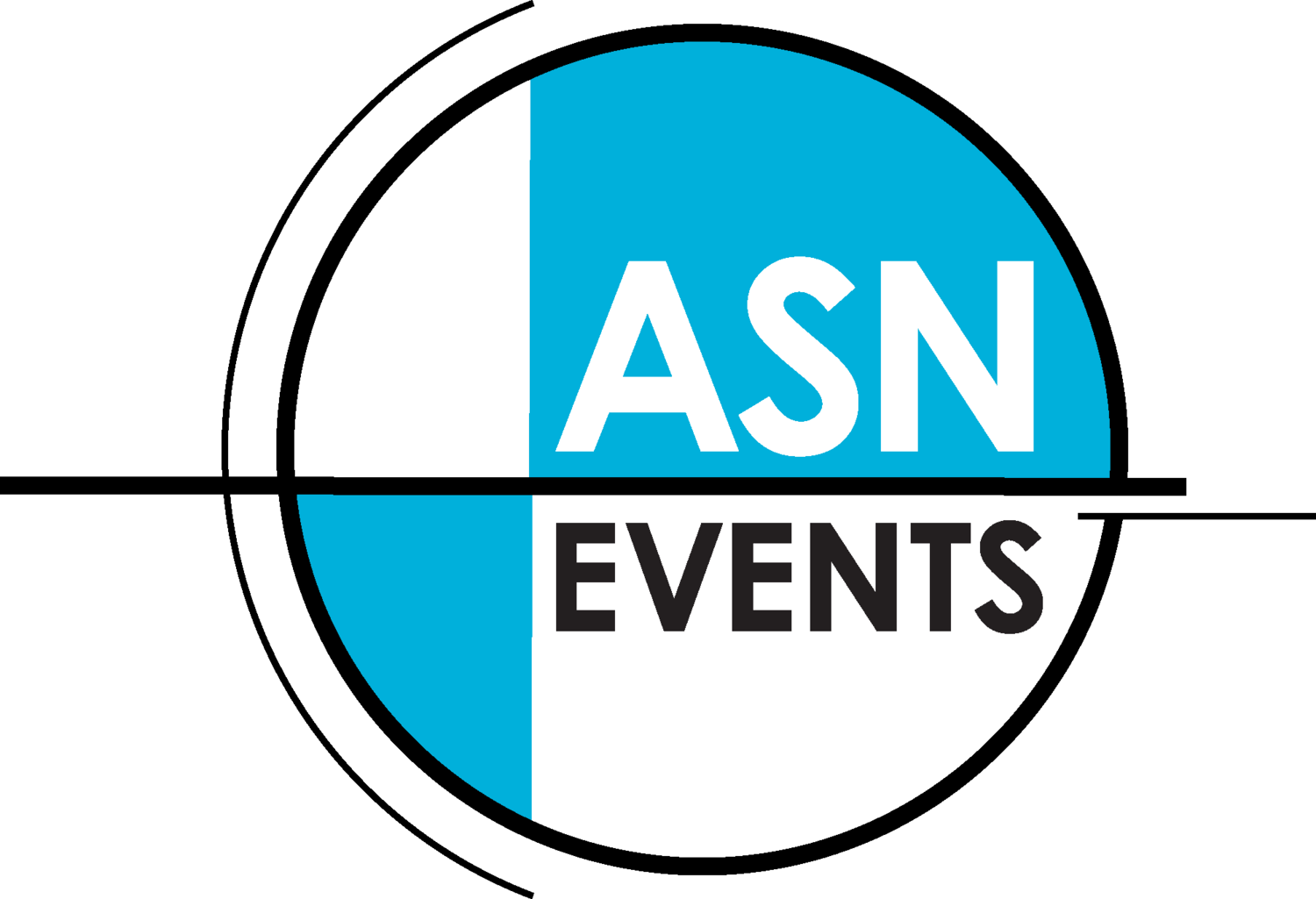Greenwashing & How to Avoid It
Greenwashing is when you spend more time and money on marketing your event as environmentally friendly than on minimising the environmental impact. Here are 4 simple steps to considering when aiming to create a sustainable event:
Step 1: Observation
Greenwashing often includes fluffy language and misleading labels, such as certified, pure, natural, earth-friendly, eco-friendly, organic, green, reduced emissions, sustainable development, carbon-friendly, biodegradable, etc.
Look the packaging – Are there environmental imageries? Green colours/packaging? Leaves and animals?
Step 2: Look for evidence
Take a look at the corporate websites. Try to find sustainability reports to verify the green claims. Look for statistics or any relevant information that can support and prove the statements.
Step 3: Ask lots of questions
Ask where the product is made? it is locally sourced? hat it is made of? Is that sustainably farmed? Is it biodegradable? How long does it take to breakdown?
Step 4: Check reliability
Determine if the product is third party certified and ask if it complies with legal national and international standards (ISO14024). Here are some online reference tools we use:
The Australian government’s eco-labels (regulated by the Environment Protection and Heritage Council) - http://www.ecolabelindex.com/ecolabels/?st=country,au
Good Environmental Choice Australia (GECA) standards are voluntary measures available for genuinely “green” products. http://www.geca.eco/product-finder/
Be empowered to see through the greenwashing and call bullsh*t where it’s due, don’t fall into the safe belief that there are simple solutions to complex problems.
Continue to pressure corporations to create truly viable, post-disposable, sustainable and circular design solutions by changing our own habits and behaviours to support the more sustainable options.
